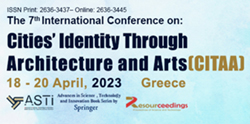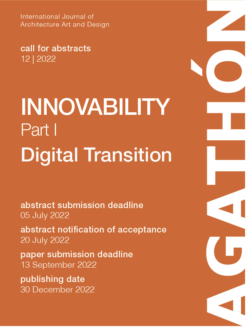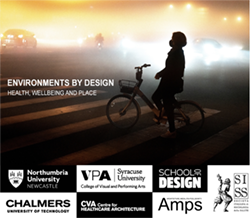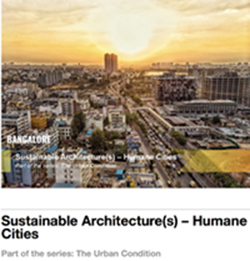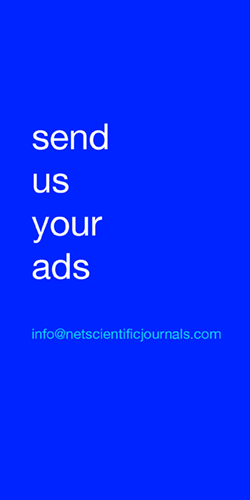May
2020
Jun
2020
Jul
2020
Sep
2020
Oct
2020
The aim of this call is to solicit critical and proactive reflection on the part of architectural culture, and in particular that of architectural and urban design, on the phenomena triggered by the coronavirus pandemic which, as we write this text, sees us still in an emergency phase but with our sights set on a future regarding which a varied set of possible scenarios and perspectives is already developing. A contribution which, moreover, would like to attempt to compensate for the marginality of our active knowledge compared to others that today are much more strongly called upon to provide answers, not only for the immediate future, in the fields of bio-medics and pharmacology, new technologies, economics and social behaviour. The coronavirus problem, or rather a set of phenomena which are the effect but also the cause of that problem, to be tackled more and more in a global perspective without forgetting to also find adequate answers in the local dimension, certainly involves aspects related and strongly incidental to habitation logics and living in built-up areas as well as to those of a social, environmental and climatic nature. The contribution of architectural and urban forms will therefore be of no little importance in contributing to providing an effective response to the pandemic problem, seen not only from a viral perspective. Even more so, if we are able to propose new or rediscovered models, of both a futuristic and a historical nature, through a process of circumstantial criticism of the neo-liberal dynamic of understanding the city and its architecture and in general regarding the entire territory in a delicate balance between anthropization and nature. It thus becomes a matter of understanding, researching and elaborating habitation strategies, flow modes, urban layouts and forms, new types from the dwelling unit to collective spaces and structures, according to a multiscale logic able to encourage the systematic nature of the project as a prerequisite for its strategic effectiveness, both with respect to the upcoming emergency and to an overall improvement of urban life within a (sole) reformed “normality”.
[…]
The objective of this invitation, starting from a number of considerations aimed only at stimulating those to whom it is addressed, is to realize a first corollary of propositional analysis that opens and solicits the definition of a clear and unavoidable perspective of the contribution of architectural and urban design that cannot be postponed and which is as systematic and generalized as possible, albeit in the declinations which the local conditions of the global world can positively put in place. What should we learn from this emergency situation and from what is implied? What aspects of inadequacy has architecture and the city shown in this situation? What themes and objectives should be identified and what kind of project strategies should be developed according to short, medium and long term perspectives?
Coronavirus, City, Architecture | Perspectives of the Architectural and Urban Project
The aim of this call is to solicit critical and proactive reflection on the part of architectural culture, and in particular that of architectural and urban design, on the phenomena triggered by the coronavirus pandemic which, as we write this text, sees us still in an emergency phase but with our sights set on a future regarding which a varied set of possible scenarios and perspectives is already developing. A contribution which, moreover, would like to attempt to compensate for the marginality of our active knowledge compared to others that today are much more strongly called upon to provide answers, not only for the immediate future, in the fields of bio-medics and pharmacology, new technologies, economics and social behaviour. The coronavirus problem, or rather a set of phenomena which are the effect but also the cause of that problem, to be tackled more and more in a global perspective without forgetting to also find adequate answers in the local dimension, certainly involves aspects related and strongly incidental to habitation logics and living in built-up areas as well as to those of a social, environmental and climatic nature. The contribution of architectural and urban forms will therefore be of no little importance in contributing to providing an effective response to the pandemic problem, seen not only from a viral perspective. Even more so, if we are able to propose new or rediscovered models, of both a futuristic and a historical nature, through a process of circumstantial criticism of the neo-liberal dynamic of understanding the city and its architecture and in general regarding the entire territory in a delicate balance between anthropization and nature. It thus becomes a matter of understanding, researching and elaborating habitation strategies, flow modes, urban layouts and forms, new types from the dwelling unit to collective spaces and structures, according to a multiscale logic able to encourage the systematic nature of the project as a prerequisite for its strategic effectiveness, both with respect to the upcoming emergency and to an overall improvement of urban life within a (sole) reformed “normality”.
[…]
The objective of this invitation, starting from a number of considerations aimed only at stimulating those to whom it is addressed, is to realize a first corollary of propositional analysis that opens and solicits the definition of a clear and unavoidable perspective of the contribution of architectural and urban design that cannot be postponed and which is as systematic and generalized as possible, albeit in the declinations which the local conditions of the global world can positively put in place. What should we learn from this emergency situation and from what is implied? What aspects of inadequacy has architecture and the city shown in this situation? What themes and objectives should be identified and what kind of project strategies should be developed according to short, medium and long term perspectives?
DOAJ, ROAD, Web of Science, ESCI, URBADOC of Archinet, SCOPUS, ANVUR.
There is no fee of any kind charged for publishing.
Conference and publication by
Carlo Quintelli
Marco Maretto
Enrico Prandi
Carlo Gandolfi

